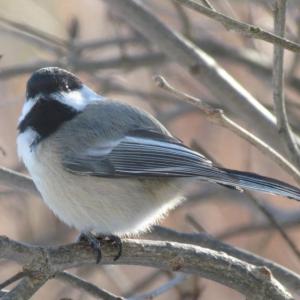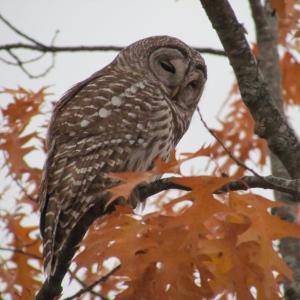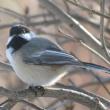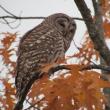Five Easy-to-Learn Wild Bird Sound Imitations
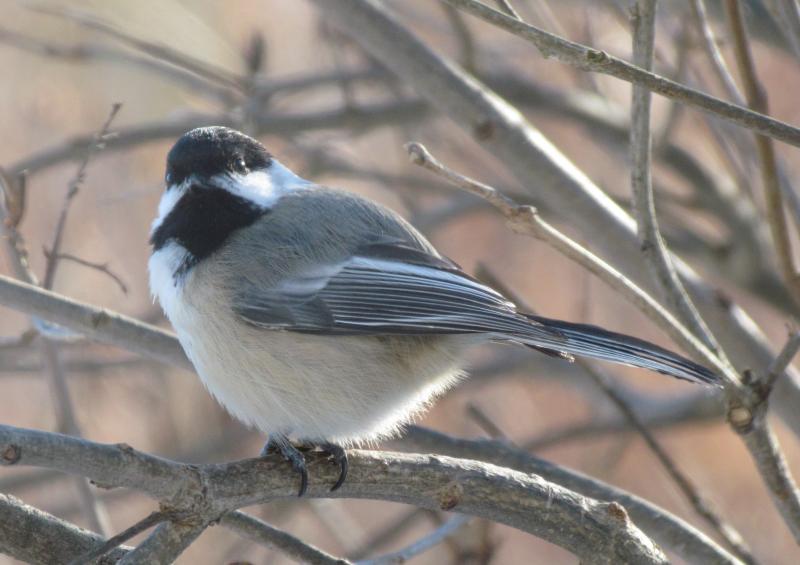 The beloved black-capped chickadee makes a number of sounds, but its song is a simple two- or three-noted whistle, often denoted as “fee-bee” or “fee-bee-ee.” Courtesy of Jeff Wells.
The beloved black-capped chickadee makes a number of sounds, but its song is a simple two- or three-noted whistle, often denoted as “fee-bee” or “fee-bee-ee.” Courtesy of Jeff Wells.
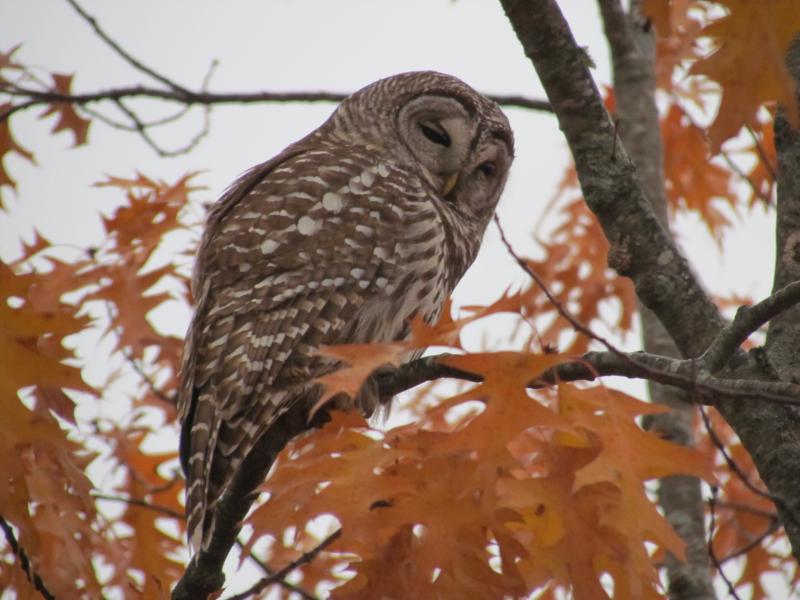 To imitate a barred owl, start by cupping your hands over your mouth to give it a little far-off sounding effect. Start off with a single hoot to get over any feelings of self-consciousness, then start letting loose with the full eight-note song. Courtesy of Jeff and Allison Wells
To imitate a barred owl, start by cupping your hands over your mouth to give it a little far-off sounding effect. Start off with a single hoot to get over any feelings of self-consciousness, then start letting loose with the full eight-note song. Courtesy of Jeff and Allison Wells
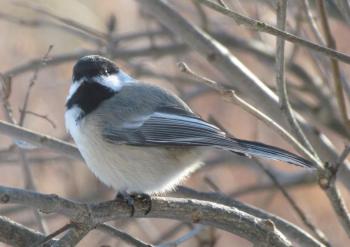 The beloved black-capped chickadee makes a number of sounds, but its song is a simple two- or three-noted whistle, often denoted as “fee-bee” or “fee-bee-ee.” Courtesy of Jeff Wells.
The beloved black-capped chickadee makes a number of sounds, but its song is a simple two- or three-noted whistle, often denoted as “fee-bee” or “fee-bee-ee.” Courtesy of Jeff Wells.
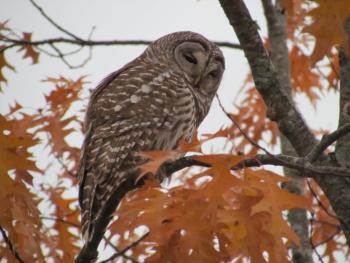 To imitate a barred owl, start by cupping your hands over your mouth to give it a little far-off sounding effect. Start off with a single hoot to get over any feelings of self-consciousness, then start letting loose with the full eight-note song. Courtesy of Jeff and Allison Wells
To imitate a barred owl, start by cupping your hands over your mouth to give it a little far-off sounding effect. Start off with a single hoot to get over any feelings of self-consciousness, then start letting loose with the full eight-note song. Courtesy of Jeff and Allison Wells
In our modern age of technology, more and more people are tempted to just use an app like Merlin (from the Cornell Lab of Ornithology) to identify the bird sounds they hear. But if you really want to learn and remember the identities of the birds making sounds around you, one of the best ways is to try to imitate those bird songs and calls yourself. Here, we give you five easy-to-learn bird sounds to get you started.
- Pishing: We start the list with a more generic sound that generally imitates the alarm calls of a number of birds that occur in North America. Pishing is commonly used by birders as a way to draw birds closer in order to see and hear them. To make this sound, first think of the sound that a librarian might make to get you to be quiet in the library, putting the finger up to the lips and giving a forceful “shhhh.” Now purse your lips a little and turn it onto a longer sound as you force the air out through the teeth of your closed mouth. It sounds a bit like the made-up-word “pish,” which is why it is called “pishing.” Now step out into the backyard, make your own variations on the sound, and see what birds come in to investigate.
- Barred Owl: Kids love to learn this easy-to-imitate owl. Barred owls are known as the eight hooters because their song is made up of two four-note phrases often denoted as “who-cooks-for-you, who-cooks-for-YOUall.” This is an imitation that is done vocally (not whistling) and often with hands cupped over the mouth to give it a little far-off sounding effect. Start off with a single hoot to get over any feelings of self-consciousness that you or your kids may have, then start letting loose with the full eight-note song. Listen to recorded versions of the sound in various apps and websites so you can get the full sense of the cadence and rhythm. Even better is when you get to hear one in the wild as barred owls are among the most vocal of owls, even sometimes vocalizing during the day. Barred owls are quite common and widespread across their range including here in Maine, thus you stand a good chance of hearing one in and around any decent-sized woodland. They will often respond to a good imitation, but please don’t harass them by imitating them regularly as your imitation will make them think there is an intruding barred owl coming into their territory—this can disturb them and even cause them to abandon an area.
- American Crow: Another great bird sound to teach kids is the well-known and simple “caw, caw” of the American crow. Crows nearby will give you the eye as they try to figure out why this human is imitating them. Incidentally, crows make a lot of other sounds besides the “caw,” so listen and learn their other calls, too.
- Northern Cardinal: Most people know the bright red male northern cardinal when they see it, but not all know their loud, whistled song even if it wakes them up at dawn every day. While there are lots of variations, it is typically a repeated series of clear down-slurred whistles, often rendered as “cheer-cheer-cheer-cheer,” or up-slurred whistles denoted as some version of “tu-weet, tu-weet, tu-weet.” Sometimes these are given back and forth in succession. Imitations of this species and other songsters require the ability to whistle. Listen to your local cardinals (if you have some where you are) and try matching the song with your whistles.
- Black-capped Chickadee: The beloved black-capped chickadee makes a number of sounds, but its song is a simple two- or three-noted whistle, often denoted as “fee-bee” or “fee-bee-ee.” Others like to describe the song as “HEY-sweetie.” If you don’t already know this song, listen to some recordings online and, using the whistle technique, practice it until you think it is the perfect imitation. You will be amazed at how quickly you begin noticing the song when you are outside after learning it in this way.
Once you’ve mastered these five easy-to-learn bird sound imitations, you’ll find yourself quickly wanting to try to imitate other birds that you hear. Soon you’ll also likely be amazed at how many more birds you learn to identify by sound alone.
Jeffrey V. Wells, Ph.D., is a Fellow of the Cornell Lab of Ornithology and Vice President of Boreal Conservation for National Audubon. Dr. Wells is one of the nation's leading bird experts and conservation biologists and author of the “Birder’s Conservation Handbook.” His grandfather, the late John Chase, was a columnist for the Boothbay Register for many years. Allison Childs Wells, formerly of the Cornell Lab of Ornithology, is a senior director at the Natural Resources Council of Maine, a nonprofit membership organization working statewide to protect the nature of Maine. Both are widely published natural history writers and are the authors of the popular books, “Maine’s Favorite Birds” (Tilbury House) and “Birds of Aruba, Bonaire, and Curaçao: A Site and Field Guide,” (Cornell University Press).

